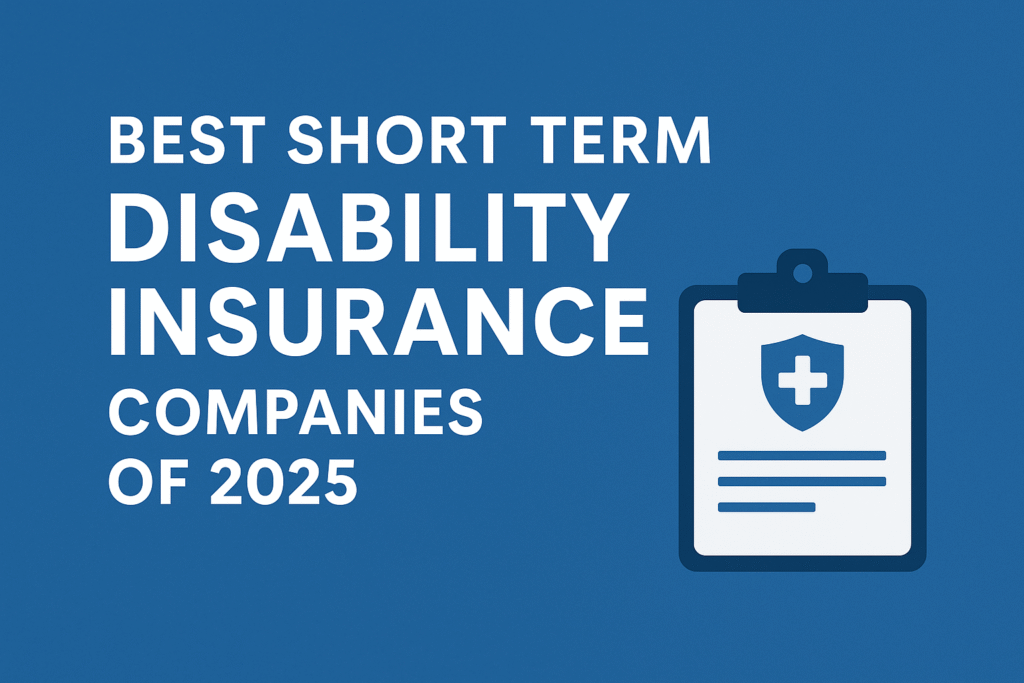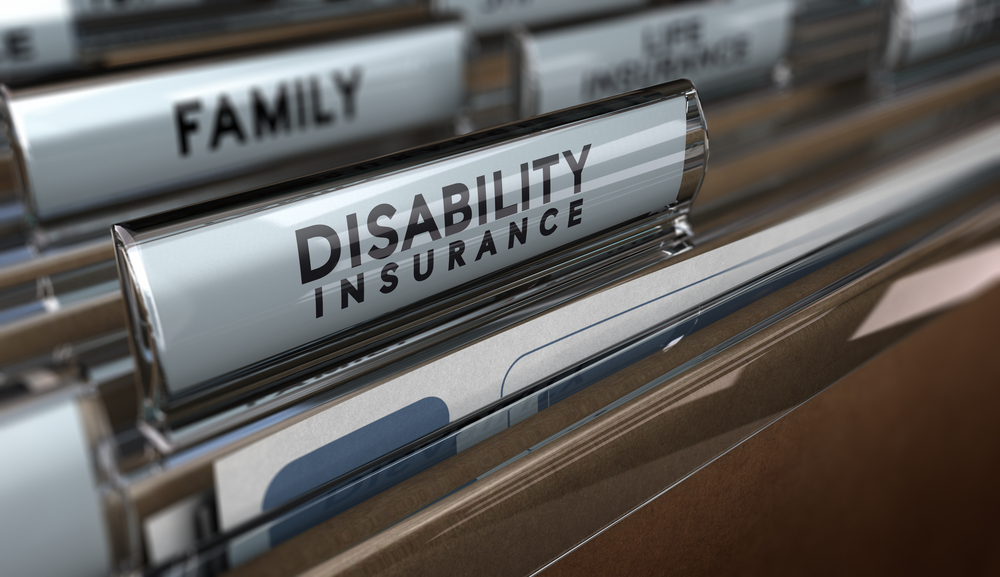Short-term disability insurance rates can vary widely depending on several factors, but understanding how they work can help you secure the best coverage for your needs. Whether you’re planning for maternity leave, recovering from a sudden illness, or just looking for a financial safety net, knowing what affects your rates and what kind of protection you get is crucial.
What Is Short-Term Disability Insurance?
Short-term disability insurance provides income protection for a short period if you’re unable to work due to a covered injury or illness. Unlike long term disability insurance, which may cover you until retirement age, short term disability typically covers you for a few weeks up to six months.
The goal is to replace a certain percentage of your lost income so you can maintain your financial security and manage your living expenses while recovering.
How Do Short-Term Disability Insurance Rates Work?
Short-term disability insurance rates are typically paid as monthly premiums. These monthly premiums can vary depending on your age, health, job type, and benefit preferences.
Several Factors That Affect Rates:
- Age – Older individuals generally face higher premiums.
- Health – Pre existing conditions can lead to higher premiums or exclusions.
- Occupation – Jobs with higher physical risk can increase the cost.
- Annual Salary – The higher your income, the more your benefit amount, which may increase your rates.
- Benefit Period – A longer benefit period will result in higher premiums.
- Elimination Period – A longer elimination period may reduce your cost.
Key Terms to Understand
Elimination Period
The elimination period refers to the waiting period between the start of your disability and when you begin receiving benefit payments. Choosing a longer elimination period can help save money on premiums.
Benefit Period
This is the duration for which you will receive payments. A short period may be enough for minor injuries, while a longer benefit period could be useful for more serious health concerns.
Monthly Benefit
Your monthly benefit is the amount of money you receive each month during your disability. This is often a certain percentage of your monthly income or annual salary.
Types of Disability Coverage
Disability insurance comes in many forms:
- Short Term Disability: Typically lasts 3-6 months.
- Long Term Disability: Kicks in after short-term benefits end and can last years.
- Term Disability Insurance: Offers income protection for a specific number of years.
- Group Disability Insurance: Often provided by your employer.
- Individual Disability Insurance: Purchased privately through insurance providers.
Comparing Rates: What to Consider
When shopping for short term disability coverage, here’s what you need to keep in mind:
Coverage vs Cost
More comprehensive coverage may come at an additional cost, but it also means more protection in the event of disability.
Insurance Providers
Choose a reliable insurance provider. Look for strong customer service, clear policy language, and solid financial ratings.
Short Term Disability Premiums
Premiums vary depending on coverage options. For instance, a policy with a lower elimination period and higher monthly benefit amount will naturally cost more.
Additional Benefits
Some plans offer value-added features like:
- Coverage for maternity leave
- Income protection beyond workers compensation
- Portability if you change jobs
- Waiver of premium during disability
Who Should Consider Short-Term Disability Insurance?
Everyone who relies on their income should consider a short term disability policy, especially:
- Self Employed Professionals: No employer pays your benefits.
- Workers in Physically Demanding Jobs: Higher risk of injury.
- Young Adults Starting Families: Maternity leave coverage.
- Anyone Without a Financial Safety Net: Protect against sudden income loss.
Common Misconceptions
- “I have workers compensation, I don’t need this.” – Workers compensation only covers work-related injuries, not illness or injuries outside of the job.
- “It’s too expensive.” – Policies can be customized to fit your budget by adjusting benefit period, elimination period, and coverage level.
- “I’m healthy, I don’t need it.” – Disability can happen at any time due to illness or accident, and younger applicants often qualify for lower premiums.
How to Save Money on Short-Term Disability Insurance
- Choose a longer elimination period to lower premiums.
- Opt for a shorter benefit period if your emergency fund can cover a few weeks.
- Maintain good health to avoid higher premiums.
- Compare rates across multiple insurance providers.
- Avoid unnecessary additional benefits that increase cost.
What’s the Average Short-Term Disability Rate?
Short term disability insurance rates vary depending on your personal profile and policy design. On average, you can expect to pay between 1% to 3% of your annual salary for a short term disability policy.
For example:
- A 30-year-old non-smoking male making $60,000 per year might pay around $50–$100 per month depending on the insurer, elimination period, and benefit amount.
Rates will vary based on the state you live in, your health status, and your occupation. Some larger providers like New York Life Insurance Company may offer group rates or employer-sponsored plans that are more affordable.
Why Short-Term Disability Insurance Matters
Disability doesn’t always come with warning. A sudden illness, injury, or even surgery could put you out of work. Without income replacement, covering even basic monthly living expenses can become difficult.
That’s why having short term disability coverage is essential. It offers peace of mind and a financial cushion while you recover.
For USPS Employees: Tailored Protection That Works
At Postal Life and Disability Plans, we understand the unique needs of federal postal workers. Our short term disability insurance plans are designed to deliver reliable income protection, and we also offer critical illness coverage for postal employees and their families, all with options that fit within your monthly budget.
Whether you’re facing a short period off work due to injury or planning maternity leave, our policies are structured to provide the safety net you deserve.
Here’s what makes our plans ideal for USPS employees:
- No medical exam required for enrollment
- Fast benefit payments—often within days of claim approval
- Affordable monthly premiums tailored to your USPS income
- Policies designed to cover maternity leave, surgery recovery, or injury
We specialize in protecting postal employees’ paychecks when unexpected events occur—so you can focus on recovery, not your bills.
Ready to Get Started?
Protect your income today. Learn more about short term disability coverage from Postal Life and Disability Plans and explore how our benefits help you stay financially secure.
Visit our USPS Short-Term Disability Insurance page to view your options and start your coverage.




